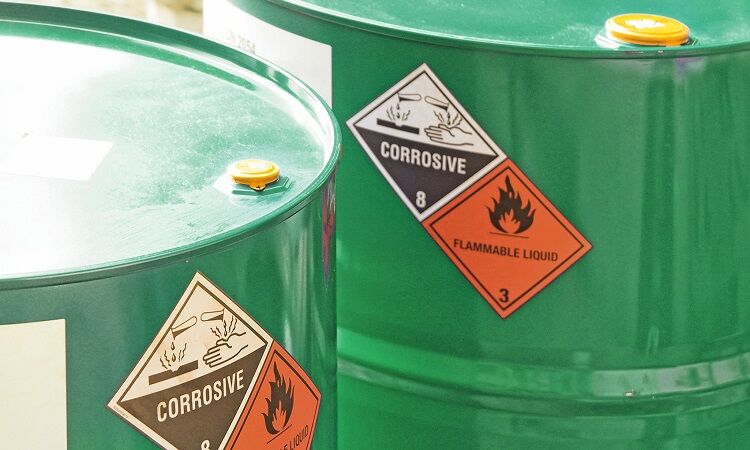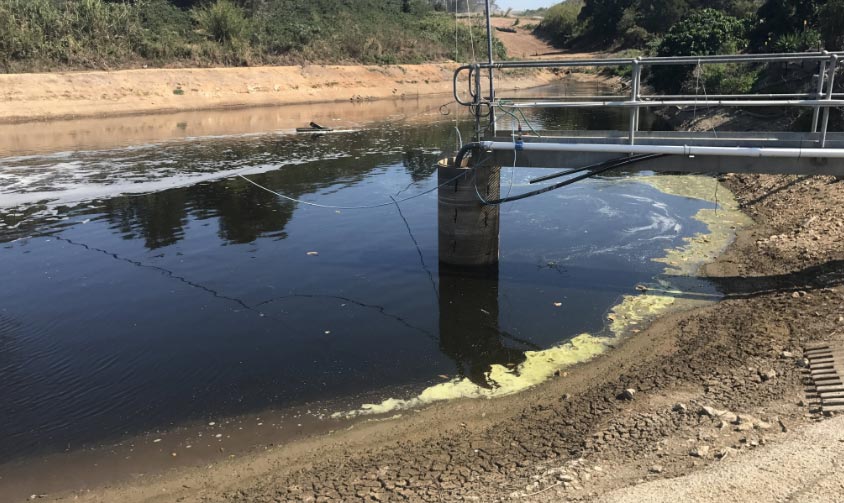Safe and Sustainable Liquid Waste Disposal: Your Go-To Service Provider
Safe and Sustainable Liquid Waste Disposal: Your Go-To Service Provider
Blog Article
Just How Fluid Waste Disposal Works: A Comprehensive Summary of Strategies and Technologies Employed

Summary of Liquid Waste Types
The complexity of fluid waste types requires an extensive understanding of their qualities and ramifications for disposal. Fluid waste can extensively be classified right into a number of types, including commercial, municipal, agricultural, and contaminated materials. Each classification shows distinct properties, needing specific administration methods to mitigate ecological and wellness risks.
Industrial liquid waste stems from manufacturing processes and typically has a range of contaminants, such as heavy metals, solvents, and organic compounds. Metropolitan liquid waste, largely comprising wastewater from homes and industrial establishments, consists of natural issue, nutrients, and microorganisms (industrial wastewater treatment). Agricultural liquid waste, including drainage from farms, may consist of fertilizers, pesticides, and pet waste, posturing threats to water quality and environments
Dangerous fluid waste is characterized by its toxicity, sensitivity, or prospective to create harm. Understanding these diverse fluid waste kinds is essential for developing effective disposal techniques and making certain compliance with ecological laws.
Physical Therapy Approaches

Screening is the first action, where bigger fragments and debris are removed from the liquid waste utilizing displays or grates. This process safeguards downstream equipment from damage and ensures smoother operation. Following screening, sedimentation utilizes gravitational pressure to separate solids from fluids. In sedimentation containers, much heavier bits clear up at the bottom, developing a sludge layer, while the made clear liquid can be additional dealt with.
Purification is one more essential technique that includes passing the fluid through porous products, such as sand or membranes, to record smaller sized fragments. This step boosts the high quality of the fluid, making it appropriate for subsequent therapy procedures.

Chemical Therapy Methods
Chemical treatment techniques are important for efficiently managing fluid waste, specifically in dealing with dissolved and colloidal contaminants that physical approaches might not effectively get rid of. These methods use various chemical representatives to counteract, precipitate, or transform harmful substances right into much industrial wastewater treatment less harmful forms.
One usual technique is coagulation and flocculation, where chemicals such as alum or ferric chloride are added to advertise the aggregation of suspended fragments. This process enhances sedimentation, permitting much easier removal of the resulting sludge. In addition, oxidation procedures, utilizing representatives like chlorine or ozone, are employed to damage down intricate organic compounds and pathogens, making the waste much safer for discharge or further treatment.
Neutralization is an additional important technique, which readjusts the pH of acidic or alkaline waste streams to neutral levels, preventing possible injury to downstream systems and the environment. Additionally, advanced oxidation procedures (AOPs) utilize combinations of oxidants and ultraviolet light to break down relentless toxins, attaining a greater degree of treatment effectiveness.
Biological Therapy Processes
Biological treatment processes play a vital role in the monitoring of fluid waste by making use of microbes to decay raw material and decrease impurity levels. These processes can be generally categorized right into aerobic and anaerobic treatments, each employing particular microbial neighborhoods to accomplish effective waste destruction.
Cardiovascular treatment involves making use of oxygen to assist in the break down of organic products by germs. This process is commonly applied in triggered sludge systems, where aeration storage tanks provide a helpful setting for microbial growth, bring about the oxidation of natural pollutants. The resultant biomass can be divided from treated effluent with sedimentation.
In comparison, anaerobic therapy happens in the lack of oxygen, depending on different microorganisms to break down raw material. This technique is particularly helpful for high-strength waste, as it generates biogas, an eco-friendly energy resource, while reducing sludge production. Technologies such as anaerobic digesters are regularly employed in commercial and municipal applications.
Both anaerobic and cardio organic therapies not only lessen the ecological impact of liquid waste however likewise promote source recuperation, making them important elements of sustainable waste management methods. Their performance, performance, and flexibility sustain their extensive implementation throughout numerous markets.
Emerging Technologies in Disposal
Innovative approaches to fluid garbage disposal are rapidly progressing, driven by improvements in innovation and a boosting emphasis on sustainability. Amongst these emerging modern technologies, membrane layer bioreactors (MBRs) have obtained traction for their capability to combine organic therapy with membrane filtering, resulting in high-quality effluent that can be reused in numerous applications. MBRs allow smaller impacts and more effective procedures compared to traditional systems.
An additional encouraging advancement is the usage of anaerobic food digestion integrated with nutrient recuperation technologies, which not only deals with fluid waste but also produces biogas and recuperates useful nutrients like nitrogen and phosphorus. This twin benefit enhances resource efficiency and reduces environmental effect.
In addition, advanced oxidation processes (AOPs) are being adopted for the degradation of complicated organic contaminants. These methods utilize powerful oxidants and drivers to damage down impurities at the molecular level, using an extremely efficient option for difficult waste streams.
Furthermore, the combination of synthetic knowledge and equipment understanding in waste monitoring systems is enhancing operational effectiveness and predictive maintenance, resulting in decreased expenses and improved ecological compliance. These modern technologies show a significant change in the direction of more sustainable and effective fluid garbage disposal practices.
Conclusion
In verdict, reliable fluid waste disposal demands a detailed understanding of various techniques and technologies. By continuously progressing these methodologies, it becomes possible to address the growing challenges linked with fluid waste, inevitably adding to ecological security and resource recovery.
Fluid waste disposal is a critical element of environmental management, calling for a detailed understanding of different methods and technologies customized to different waste types. Fluid waste can broadly be classified into several kinds, consisting of industrial, metropolitan, agricultural, and unsafe waste. Agricultural liquid waste, consisting of overflow from ranches, may contain fertilizers, pesticides, and pet waste, positioning risks to water top quality and environments.
Various physical therapy approaches play an essential role in handling fluid waste efficiently - industrial wastewater treatment.In verdict, effective liquid waste disposal requires a thorough understanding of numerous techniques and innovations
Report this page